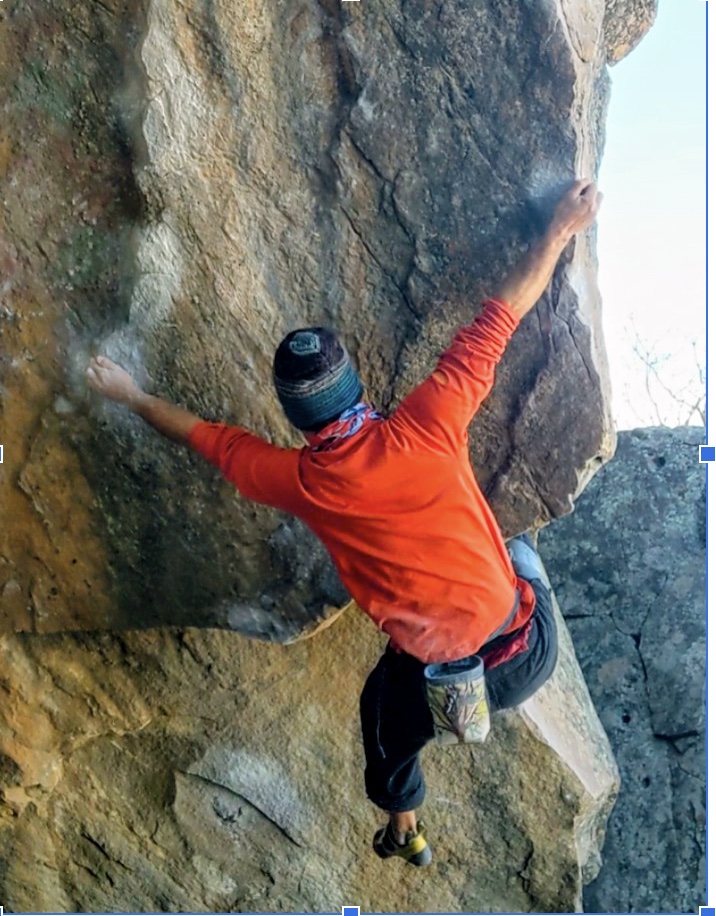By: John Crawley, PT, DPT, OCS
Plyometrics are a type of exercise that involve explosive, high-intensity movements and are often used in sports training and rehabilitation programs for many types of overhead athletes, but not often enough for rock climbers. They can be an effective way to improve muscle power, speed, and coordination, and can be especially useful in helping athletes prepare for the specific demands of climbing.
The 2022 Bern Consensus Statement on Shoulder Rehabilitation and Return To Sport For Athletes (Schwank et al, 2022) strongly recommends the use of plyometric exercises as preparation for returning to sport. This is an area often overlooked with rock climbing rehabilitation. However, it is an essential part of the rehabilitative process. Dynamic movements in bouldering and sport climbing, big deadpoints, and holding on after your foot pops are all examples of movements that require plyometric type movements and loads. Not having the ability to quickly generate or absorb load can potentially lead to an increased risk of injury.
When incorporating plyometrics into a rehabilitation program, it is important to start with low-load exercises and gradually progress in intensity and complexity as the athlete’s strength and mobility improve. This may involve starting with small-amplitude movements on the ground, progressing to large amplitude movements on a pull up bar or on the wall, and gradually increasing the resistance and adding more sport-specific movements as the climbers progress.
It is also important to pay attention to proper technique when performing plyometric exercises, as improper form can increase the risk of injury. It is helpful to work with a physical therapist or other trained healthcare professional to ensure that the exercises are being performed correctly and to determine the appropriate level of intensity for the individual climber.
Try the following plyometric exercises for the upper body to help prevent climbing injuries or to fully rehab from current injuries.
- Single to three move deadpoints on wall (feet on)
-start with smaller distances and bigger holds, then progress toward smaller holds and bigger moves.
- Plyometric Pull Ups
– use feet on first, then bodyweight, and then to weight added
- Plyometric Push Ups
A good starting dose is to do 2-5 sets of 2-6 repetitions for the chosen exercise. This should be completed 1-3x per week for optimal adaptations. Sessions should be spaced out by 48-72 hours to allow the body to fully recover from the prior session.
If you’re a rock climber experiencing pain, schedule an appointment with a rock climbing specialist at Mend. We have locations in Boulder and Lafayette, Colorado. Many physicians, surgeons, and physical therapists do not understand the sport of rock climbing and may give incorrect or ill-advised advice on whether or not to return to climbing. The rock climbing specialists and Mend understand the sport and know when and how to safely return to rock climbing.

